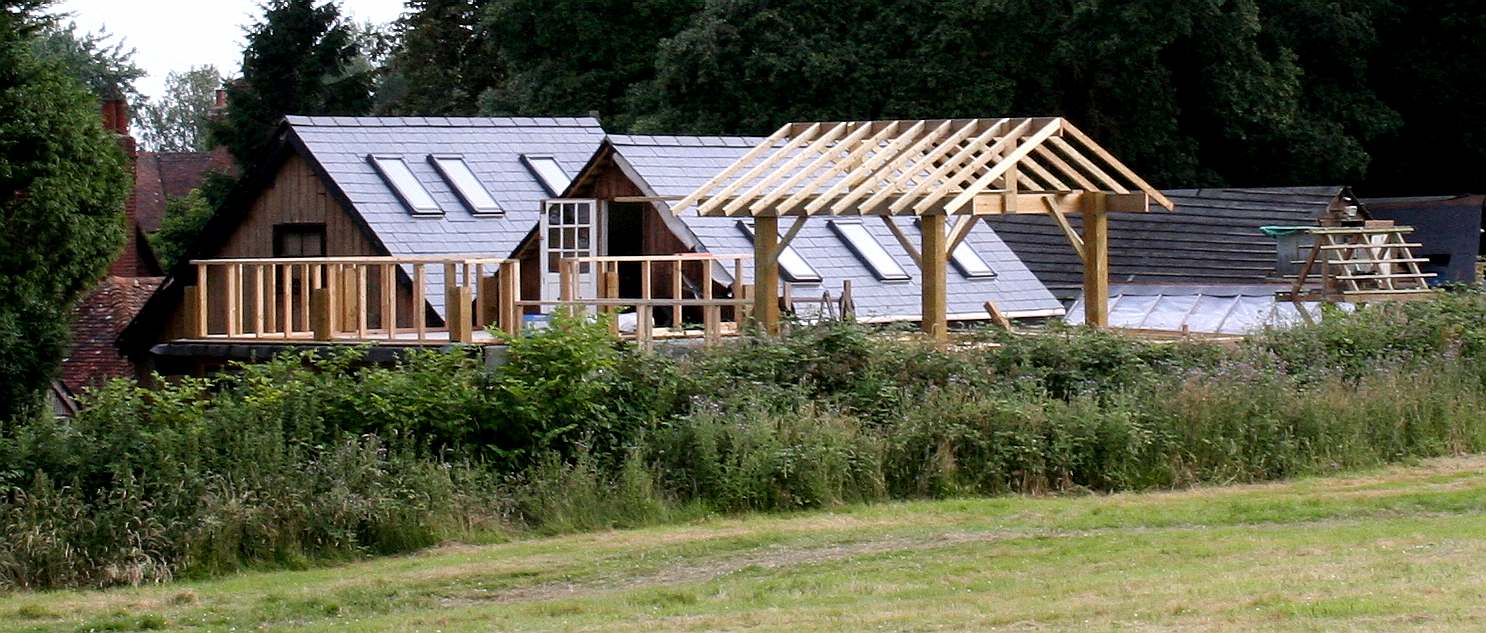|
CEDAR - A - Z of WOOD
|
|
|
Cedar is an aromatic and naturally rot- and bug-resistant softwood, and itís well-known for its beauty and durability. It comes from a variety of coniferous trees, with white and red cedars being the most common. As the name suggests, white cedar is paler and weathers to a pleasant silvery gray. Red cedar has an amber appearance and will weather to a deep, rich brownish-red.
Chipboard Mahogany MDF Plywood
Wood is good. It is a natural material growing all over the planet as trees. As these trees grow, they convert carbon dioxide to timber for humans to harvest and cut up in sawmills, after the dead tree has had time to season.
Planting more trees than we cut down is one way of sustainably managing forests, so that we don't upset the balance and reduce the carbon sink that keeps our planet cool. Unfortunately, some logging is not properly policed, such as the clearing of large swathes of jungle, to grow cash crops.
We should be going the other way, re-wilding areas, instead of farming them. But, wood is useful to build houses and make furniture. Hence, we should plan our assault on the natural world more carefully. Even if it means creating laws to stop the plunder in the Amazon and other rainforests.
We also need wood to make plywood, MDF, stirling board and chipboard. Wood is the basis of paper and cardboard. Pound for pound, some timbers are stronger than steel.
WOOD - This building dating from C. 1900 is of wooden construction, seen here undergoing re-roofing in 2018. When built the timbers were not treated. Amazingly, despite serious flora invasion and insects, the building is in relatively good condition. A good example of carbon lock, and something that perhaps a circular economy should be based on.
HERSTMONCEUX GENERATING STATION
The generating station just 400 yards from Gardner (High) Street, in the Sussex village of Herstmonceux, is the oldest surviving early example of municipal electricity generation, in a rural setting in the whole world. For this reason the generating buildings are now being converted by the Lime Park Heritage Trust. At present, the complex enjoys no reasonable of beneficial use to pay for general maintenance and security, as a heritage asset in a relatively exposed position, and constructed of timber. Fortunately, the walkers in this field are a great bunch. Very friendly and chat with each other. Also keeping an eye out for anything out of the ordinary.
|
|
|
Copyright © 2022 HST (a not for profit organisation) |
